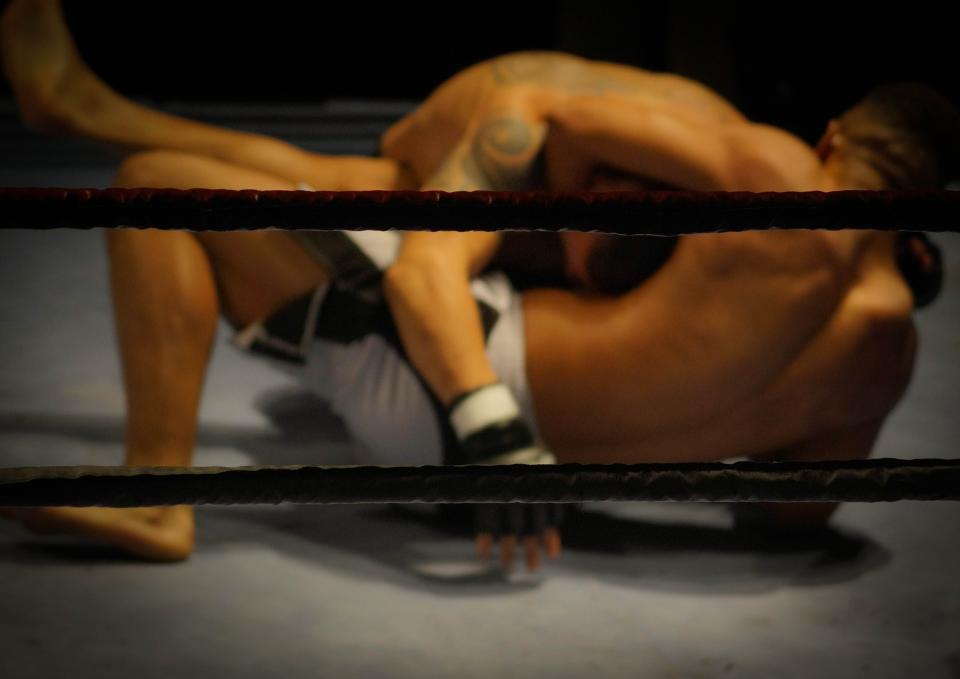How to prevent unsightly 'cauliflower ear' even if you play contact sports

Repeated blows and severe trauma or injury to the outer ear – the kind sustained during close contact sports such as boxing, wrestling, rugby and martial arts – are the most common causes of an irreversible ear condition known as cauliflower ear.
Indeed, with the Rugby World Cup currently on in Japan, you may notice a lot of players with this condition.
This kind of injury to the outer ear, known as the pinna, can cause pooling or clotting of blood (hematoma) and disrupt the normal blood flow to the cartilage and surrounding tissue.
Without the supply of blood and nutrients, the cartilage which gives the ear its shape, may weaken and die. Scar tissue may form in the affected area, which can give the outer ear a swollen and bumpy appearance resembling a cauliflower, hence the term cauliflower ear.

While cauliflower ear, which is a permanent deformity, is commonly associated with athletes and sports injuries, it can also occur in non-athletes following an accident or damage to the skin or cartilage of the outer ear. It can also be caused by infection due to high outer ear piercings.
Initial symptoms of this type of injury or infection in the outer ear include swelling, redness and bruising. Consult a doctor immediately if you notice these symptoms. Early diagnosis and treatment, before the tissue is damaged from lack of blood flow, can prevent cauliflower ear.
How is cauliflower ear treated?
Your doctor will make a small incision in the affected area of the outer ear to drain the accumulated blood and restore the normal blood supply. The incision may require stitches and you may need a compression dressing for a few days or even a week. Your doctor is likely to prescribe antibiotics to prevent infection.

How to prevent cauliflower ear
Always wear well-fitting protective headgear when you engage in any type of close contact sport in which there is a risk of injury to the ear (e.g. if your head repeatedly hits or rubs against your opponent’s head or against the floor). Head gear that's loose can slip while something that's tight may damage the ears.
Consult a doctor if you want to get the upper portion of your outer ear pierced.
Consult a doctor for any injury that produces swelling, redness and bruising in your outer ear, even if the injury appears superficial, and get it treated immediately.
More from the author:
A shock to the system: Know your allergies to prevent anaphylaxis
Pregnancy diet: Eat the right foods to keep you and baby healthy


